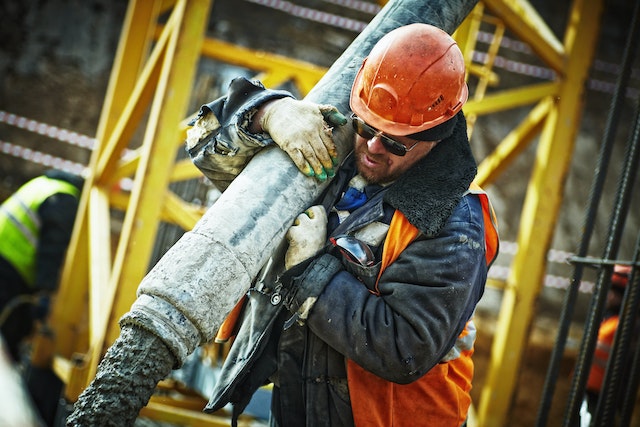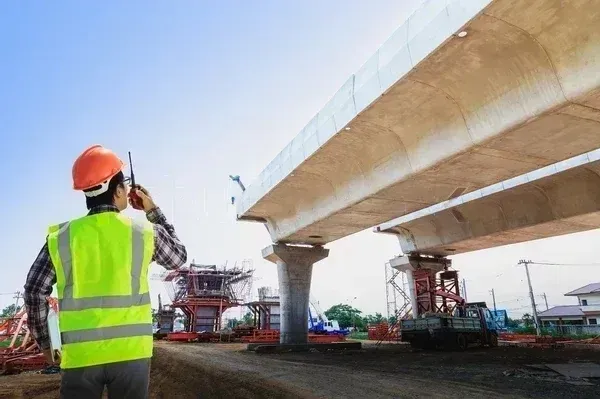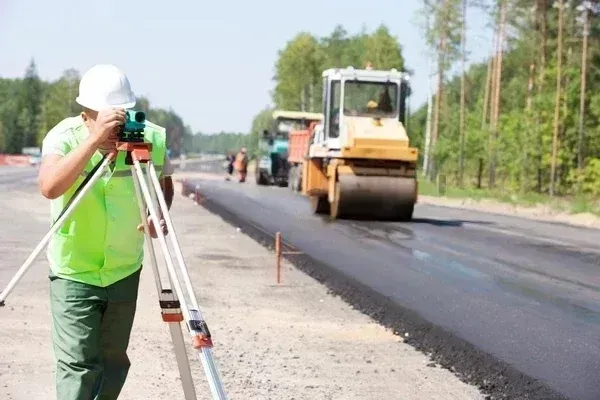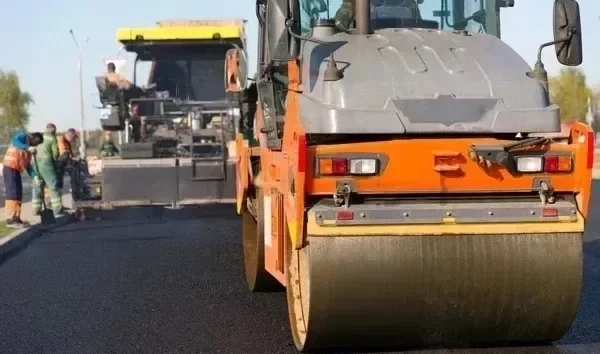roads
The first roads were built around 4,000 BC and were made of stone and timber. Then a couple of thousand years after that, the Romans promoted building roads utilizing stone paving, for the most part in North Africa and Europe. Similar strategies have been employed in South America and India.
The most vital phase of building a road is planning. Many people, including engineers and construction experts, are associated with this step. They conclude what type of road should be constructed, and what kind of production method should be used. They do so by foreseeing the amount and kind of traffic that will flow through it. Indeed, even simple roads can take a long time to plan. Complex roads that incorporate overpasses or bridges can take years to build. Other facts that planners should consider include ecological effects and the cost of the road. They should also consider the safety and accessibility of materials.
The initial segment of construction is one of the most critical: earthwork. Massive earth-moving machines should be used as a foundation for road building. Without this step, any road will collapse before it reaches its life expectancy. Tractors and bulldozers move around soil conveyed by dump trucks to make a level surface. This will protect the road for a long time to come. Gravel is included in layers and machines turn it over to straighten it further. Depleted and storm sewers are also included in this initial phase. This assists the downpour in draining endlessly out of the street surface and makes it safer for vehicles to travel in storms.
When the establishment is done and has been assessed, now is the ideal time to prepare! The most widely used materials for clearing streets are concrete and asphalt. Factors like cost and traffic volume determine which materials are used. Asphalt contains an oil-based substance called bitumen that makes sand and crushed rock stick together like a paste. After the asphalt is warmed to around 300° F, it is moved to the building site. Groups of construction workers spread the foundation. Sand and crushed rock are also part of concrete, but they are kept intact. Laborers should empty liquid concrete into special steel molds called forms. As it dries, a machine vibrates it to make sure it settles evenly and then raises it to the right height.







